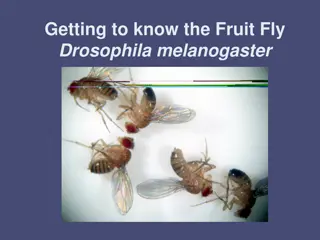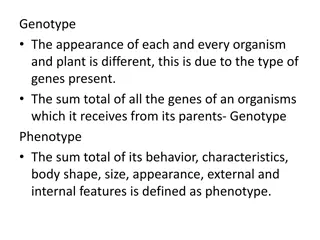Understanding Lichens: A Symbiotic Organism in Nature
Lichens, a unique symbiotic organism combining a fungus and alga or cyanobacterium, are widely distributed and diverse in nature. Comprising of 186 plant species from 148 genera and 63 families, lichens are versatile in their adaptation to different habitats and substrates. This article delves into their classification, distribution, and diversity, with a focus on some lichen species found in Bangladesh.
Download Presentation

Please find below an Image/Link to download the presentation.
The content on the website is provided AS IS for your information and personal use only. It may not be sold, licensed, or shared on other websites without obtaining consent from the author. Download presentation by click this link. If you encounter any issues during the download, it is possible that the publisher has removed the file from their server.
E N D
Presentation Transcript
Lichens An organism(Plants) that is formed by the symbiotic association of a fungus and an alga or cyanobacterium occurs as crusty patches or bushy growth on tree trunks,bare ground, etc. Lichens are now classified as a phylum of fungi (Mycophycophyta).
Distribution: Cosmopolitan . For example, Psora decipiens is found on all continents on calcareous soil (and sometimes on rock) in open habitats. It is a cosmopolitan species but its substrate and habitat preferences clearly rule it out from many parts of the world.
Diversity A total of 186 plants species belonging to 148 genera and 63 families were identified. The largest number of species was contributed by Poaceae (24 spp., 12.90%), followed by Asteraceae with 20 species (10.75%), Fabaceae (16 spp., 8.60%), Euphorbiaceae (8 spp., 4.30%), Lamiaceae & Solanaceae (7 spp., 3.76% each) and Brassicaceae (6 spp., 3.23%); while rest of 56 families possessed species with the range of 1-5. With reference to life forms, Therophytes were found very frequent in terms of flora (45.99%), followed by Phanerophytes (29.95%), Hemicryptophytes (18.18%), Chaemophytes (4.81%) and Cryptophytes (1.07%). Most of the plants present in this area were herbaceous (89) natured, follow by shrub (38), grasses (24), trees (17) and climbers (11).
Some lichens of Bangladesh: Lichens collected from Bangladesh in 1968 and 2002 are reported, 51 species could be identified, most of which are pantropical (75%), four are cosmopolitan, one uncertain species is restricted to Eurasia. Only one species, Ocellularia keralensis, is probably restricted to the Indian subcontinent, while three are restricted to tropical Asia. three are palaeotropical.























